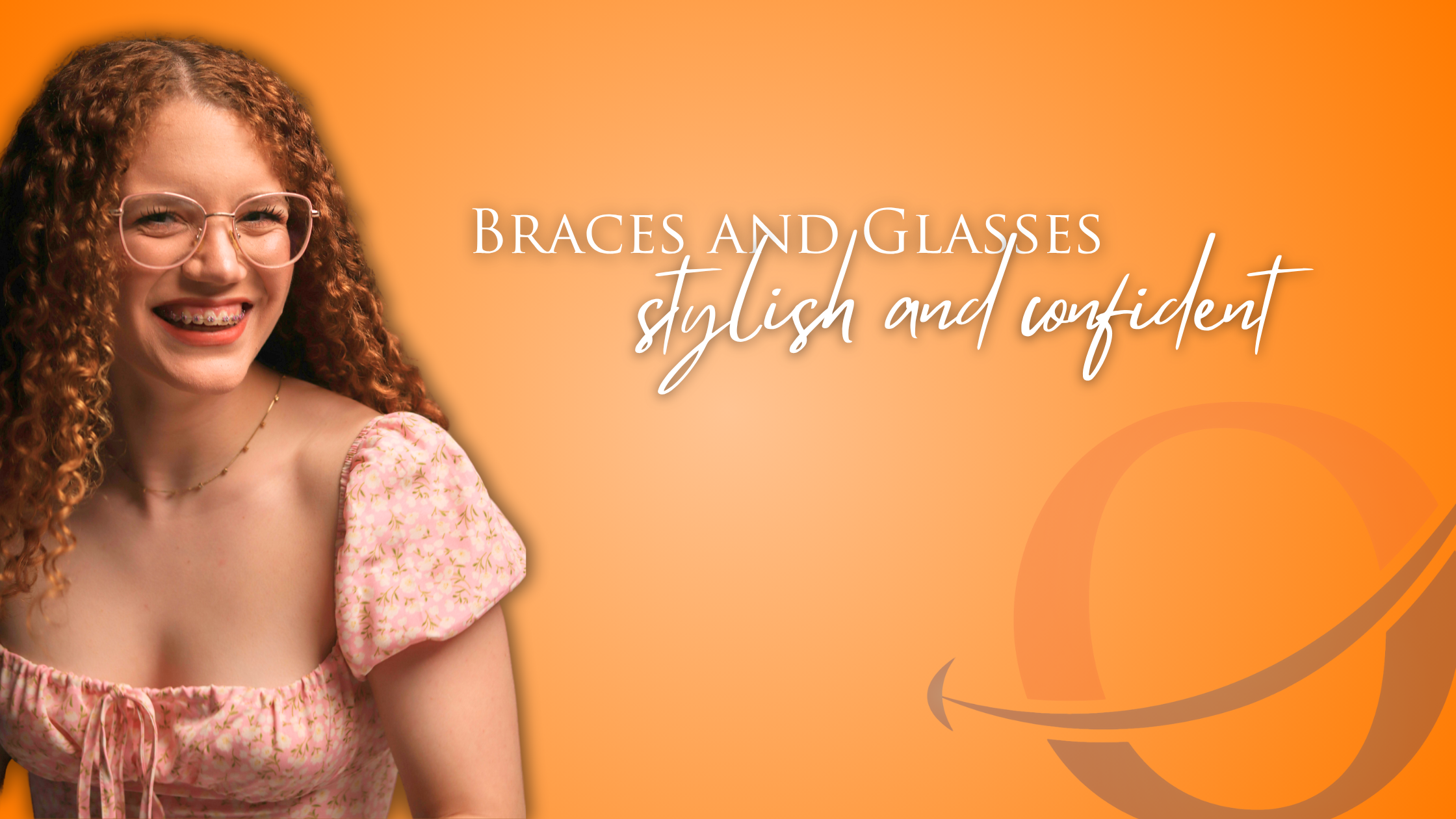🪥 Top 5 Electric Toothbrushes Under $50
At Beecroft Orthodontics, Dr. Beecroft and Dr. Jenny often get asked which electric toothbrushes work best — especially for patients with braces or Invisalign®. The good news? You don’t have to spend a fortune for a great clean. We’ve rounded up our top five electric toothbrushes under $50 that deliver professional-quality results without breaking the bank.

Adult Braces & Invisalign Fredericksburg VA | North Stafford Adult Orthodontist
Adults represent 75.30% of the orthodontic market, and Fredericksburg's military and federal professional community is driving this trend. At Beecroft Orthodontics serving Fredericksburg and North Stafford, military families, federal commuters, and local professionals choose discreet Invisalign and clear braces to enhance their careers. With flexible scheduling for deployments and federal schedules, achieving your professional smile has never been more convenient in Stafford County.

Braces and Glasses: How to Rock Both with Confidence
Think braces and glasses can’t look good together? Think again! Beecroft Orthodontics shares tips and inspiration for making this combo stylish, confident, and uniquely you.
